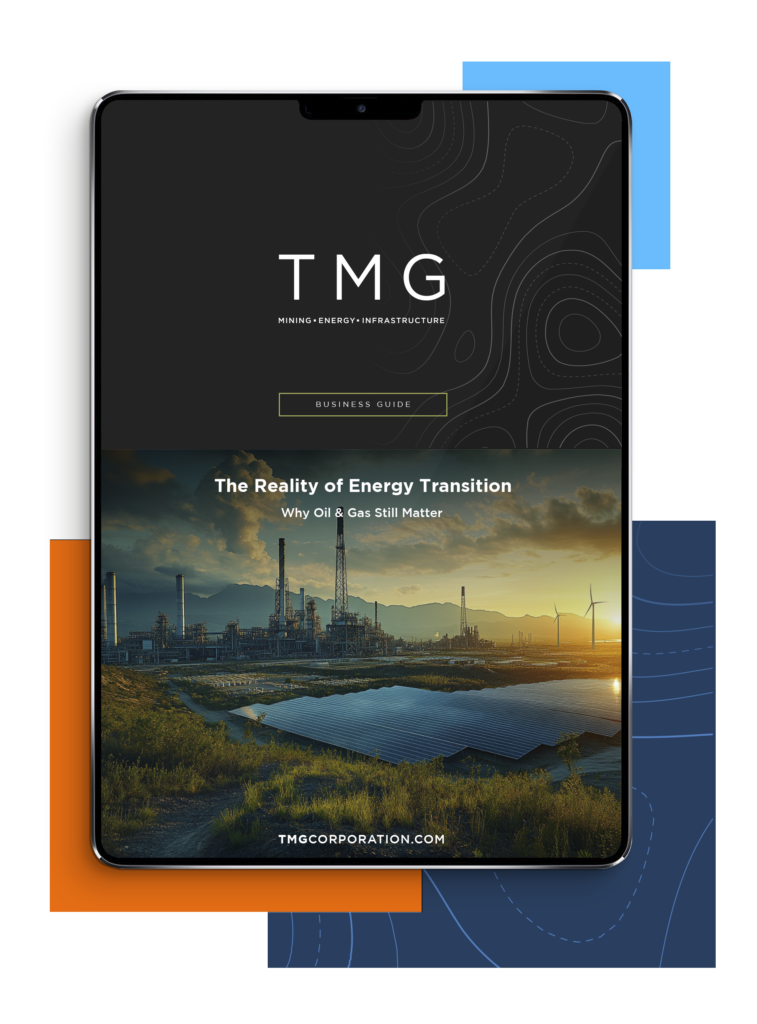Call Us Today: +1 866 205 2414
The assumption that leadership alignment requires agreement is one of the most persistent myths in capital project governance. It leads executives to suppress disagreement, rush decision-making, and create the illusion of unity, only to watch that unity collapse under real-world pressure.
In truth, alignment and consensus are not the same. Consensus seeks uniformity. Alignment seeks direction. In high-stakes capital projects, where complexity and competing priorities are inevitable, pursuing consensus can often dilute decisions and delay progress. Constructive disagreement, when surfaced early and managed properly, is far more valuable than forced agreement.
When leadership teams embrace disagreement as a tool for clarity, rather than a threat to it, they make stronger decisions, move more quickly, and build organizations that are more resilient under stress.
Consensus often feels safe. When everyone agrees, conflict is avoided, meetings move quickly, and messaging is consistent. However, that surface calm can mask unspoken concerns, unresolved tensions, and superficial commitments.
Leaders may nod along in meetings and then quietly resist in execution. Teams downstream sense the hesitation. Decisions are revisited informally. Implementation slows. And progress is undermined not by opposition, but by ambiguity.
In pursuit of agreement, honest debate is avoided. Complex trade-offs are simplified. Dissent is reframed as a problem to be managed rather than a perspective to be considered and respected. This isn’t leadership—it’s choreography.
The goal of leadership alignment is not to make everyone agree—it’s to ensure that, once a decision is made, everyone moves in the same direction.
That kind of alignment requires open disagreement in the right forums, full participation in decision-making, and visible support once a path is chosen. Leaders must feel free to challenge, question, and debate. However, they must also be prepared to act when the time comes to execute.
When that structure is in place, the organization becomes faster and more cohesive—not because conflict is eliminated, but because it’s resolved with clarity, not buried under politeness.
Some of the best strategic decisions in capital projects emerge from disagreement. When leaders bring different priorities, assumptions, and experiences to the table, the result is not confusion—it’s perspective.
A project sponsor may focus on schedule and return on capital. An operations lead may raise long-term performance risks. A finance executive may spotlight exposure in contract terms. These perspectives can’t all “win”—but together, they build a fuller picture of what’s at stake.
When disagreement is encouraged and managed well, the final decision is sharper. It has already been tested against real objections. It’s more likely to hold when challenged later. And it reflects the complexity of the environment in which it will be executed.
The ability to disagree openly depends on a foundation of trust. If leaders feel that dissent will be punished—or worse, ignored—they will disengage from strategic dialogue. They’ll preserve relationships at the expense of rigor. And the project will move forward with a brittle consensus that won’t survive stress.
Psychological safety isn’t a luxury in capital project governance. It’s essential. Teams that trust one another enough to speak candidly build faster alignment, make more durable decisions, and spot risk earlier.
Leaders must create an environment where people are expected to disagree before they align. That expectation should be built into governance, rather than being treated as a cultural nicety.
Constructive disagreement becomes dysfunctional when it’s allowed to fester. Without structure, disagreements turn into stalemates. Priorities drift. Deadlines slip. And relationships become strained.
However, with clear decision-making processes, defined escalation paths, and transparent ownership, disagreements become a productive input rather than a roadblock.
The key is not to prevent disagreement, but to bound it. Leaders should know when and where conflicts are resolved, who has final decision authority, and what support is expected once a call is made. Clarity makes even contentious decisions executable.
The value of open disagreement is only realized when leaders align their actions, even if they didn’t agree during the discussion. That transition—from debate to execution—is where alignment becomes visible to the organization.
When leaders speak with one voice, support shared messaging, and back each other’s decisions, teams operate with confidence. Confusion is reduced. Progress accelerates. And the credibility of leadership strengthens—even in the face of difficult choices.
What matters is not that everyone got their way. What matters is that, once a path was chosen, everyone walked it.
At TMG, we work with capital project leadership teams to structure the right conversations at the right time. We help surface disagreements before they become resistance, define governance models that support clear resolution, and reinforce alignment once decisions are made.
We don’t eliminate friction. We channel it. Our facilitation and advisory support turn competing perspectives into stronger strategy, faster execution, and more cohesive leadership.
If your leadership team is avoiding the hard conversations—or if unresolved tensions are slowing your project—constructive disagreement may be the missing alignment tool.
Contact a TMG expert and let us help you turn document hygiene into an asset, not a liability.

Head of Projects and Strategy
An accomplished Corporate Professional with extensive expertise in the financial and mining sectors. Susan possesses broad multi-disciplinary and international capability gained from over 30 years in the capital markets and mining industries spanning corporate strategy and development, mine finance, communications, operations and corporate advisory. She is a leader who communicates with direction and confidence, in a trustful and co-operative manner. Susan has developed a solid reputation as a strategic partner who thrives on bringing teams together and creating an environment for all to succeed.